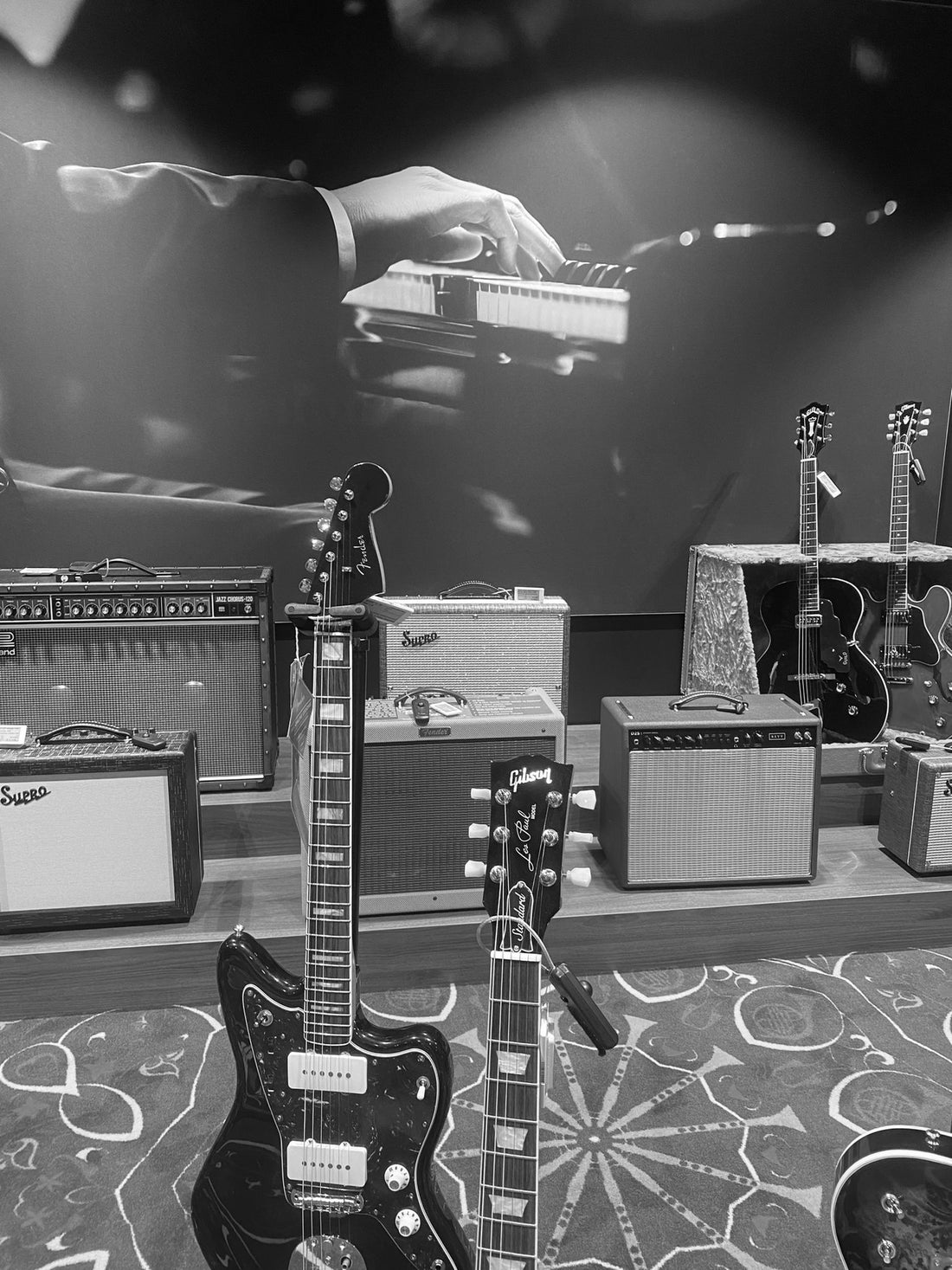
Learn New Music Production Styles – Afro House & Modern House
Share
If you’re looking to expand your music production skills, exploring new styles is a fantastic way to grow. Two styles that have seen significant growth in recent years and have influenced the global electronic music scene are Afro House and Modern House. Inspired by iconic names like Black Coffee and Chris Stussy, these styles blend traditional house elements with unique rhythms and melodies.
What is afro house?
Afro House is an emerging subgenre that merges deep African rhythms with the signature structures of house music. This style brings a deep, spiritual vibe that resonates with both dancefloors and listeners on an emotional level. Artists like Black Coffee, Culoe De Song, and Da Capo have pioneered the sound of South African rhythms, making it popular worldwide.
Characteristics of afro house:
- Polyrhythms: complex, multi-layered rhythms are at the heart of Afro House. These rhythms, inspired by traditional African percussion, add depth and movement to your tracks.
- Organic sounds: the use of natural instruments like djembés, congas, and other percussive elements gives Afro House a warm, organic feel.
- Soulful vocals: afro house tracks often feature deep, soulful vocals, adding a spiritual dimension to the music.
Why learn afro house?
Afro House allows producers to work with deeper layers and more dynamics in their tracks. Exploring rhythms and melodies that fall outside of the Western tradition enriches your musical palette and gives your productions a unique edge.
Modern House - Minimal and Groovy
On the other hand, you have Modern House, a style that combines minimalistic beats with deep, funky basslines and subtle, hypnotic melodies. Think of artists like Chris Stussy, DJOKO, and Harrison BDP, who have refreshed the 90s house sound with tighter productions and modern grooves.
Characteristics of modern house:
- Groovy basslines: the basslines in Modern House are tight, funky, and often play a central role in the track. They give the music a swinging, danceable character.
- Minimalist production: while Afro House is rich in texture, Modern House is often minimalist. It focuses on subtle elements that together create a powerful groove.
- Warm analog sound: many producers in this style work with analog synths and drum machines to achieve a warm, vintage sound.
Why learn modern house?
Modern House offers a tight, dancefloor-focused sound that works well in clubs and festivals. It’s a style where producers can focus on precision and minimalism, resulting in powerful, direct grooves. Producing Modern House helps you understand the art of subtlety—how small changes in groove and sound design can have a big impact on a track’s vibe.
How to get started with these styles?
- Listen to the greats: dive into the music of artists like Black Coffee, Chris Stussy, Da Capo, and DJOKO. Analyze their tracks to understand how they structure the elements of their genres.
- Experiment with rhythm: especially in Afro House, rhythm is everything. Use percussion loops and try working with irregular, complex rhythms to achieve that unique groove.
- Minimize and refine: for Modern House, less is often more. Focus on perfecting your basslines and drums, and be subtle with melodies and effects.
- Use organic samples: in Afro House, live-recorded percussion and natural sounds can elevate your production. For Modern House, using warm, analog-sounding synths is a plus.
Conclusion
Learning new styles like Afro House and Modern House opens the door to new creative possibilities in your music production. These styles challenge you to experiment with rhythms, melodies, and production techniques that fall outside traditional house music. Whether you’re seeking a deep, spiritual vibe or a tight, minimalist groove, these styles offer plenty of inspiration.
Start working on your next track and discover how you can put your own spin on these emerging genres!
